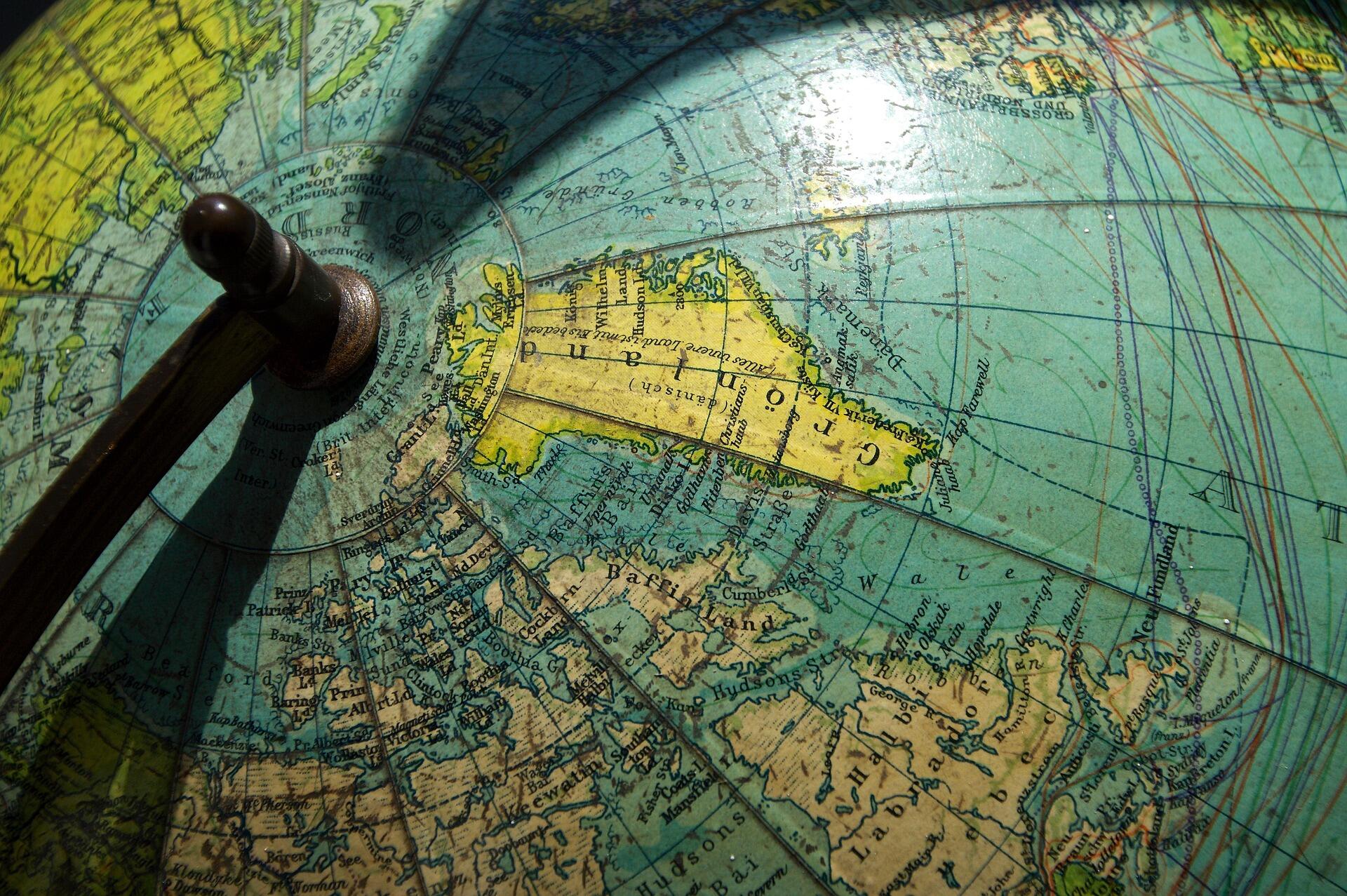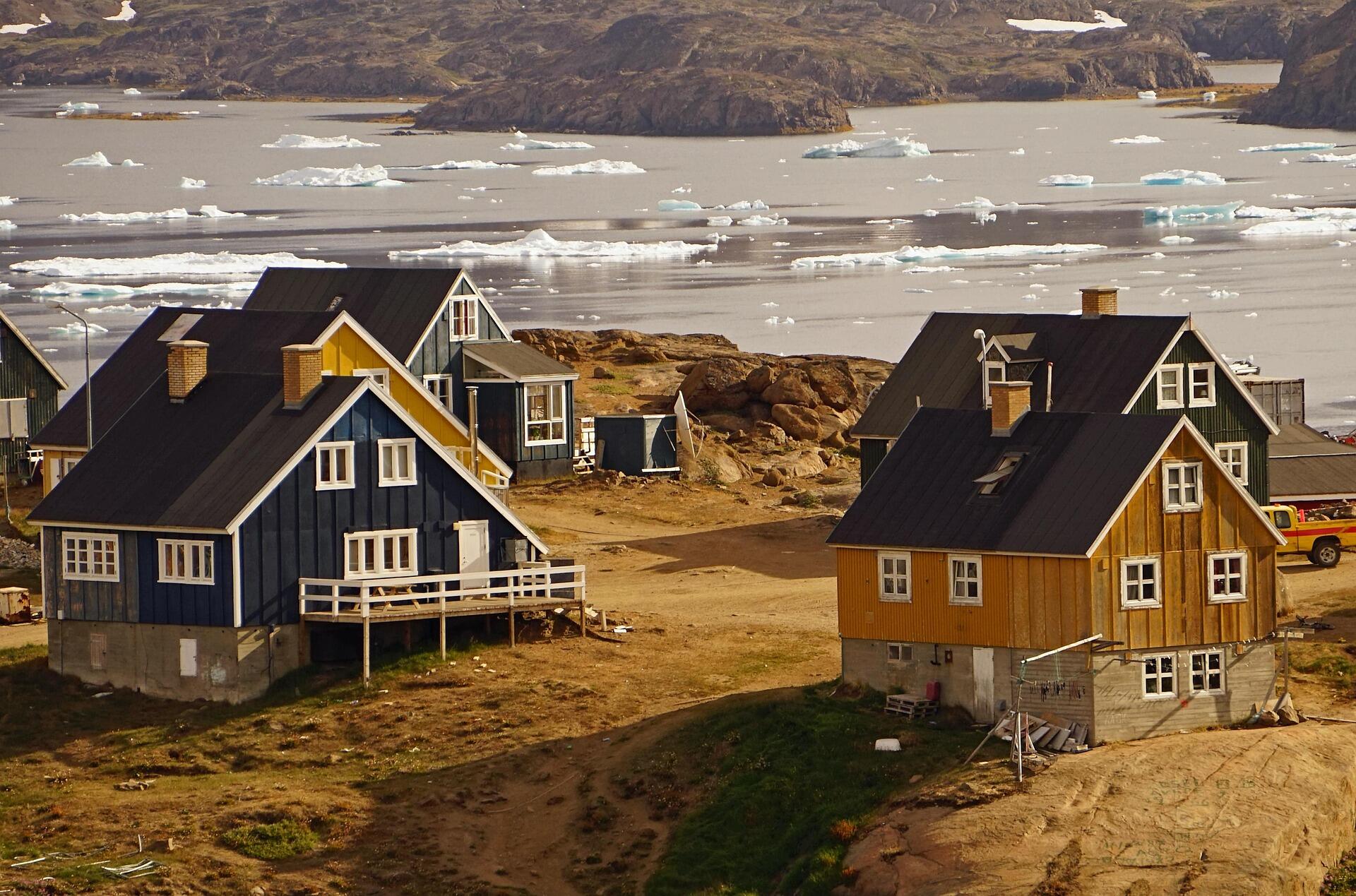You could say (with a high degree of accuracy no less) that Donald Trump brings his “A” game when buying land. His latest foray into the property market - purchasing Greenland - has snowballed into a debate around sovereignty, indigenous rights and the enormous potential of its untapped mineral wealth.
The incoming US President - who will be inaugurated today - has again cited purchasing the territory as an American national security interest due to its vast estimated minerals wealth and strategic position in current and future shipping lanes.
Trump recently reiterated his 2019 stance in an X post over purchasing the territory - an option floated by America almost 80 years ago with a US$100 million bid ($1 billion in today’s terms) by Harry Truman during WWII fallout that was justified as a “military necessity” at the time.
And it stretches back even further.

Mergers & Acquisitions
History books will tell you that Russia, under Tsar Alexander II, ceded Alaska to America for a paltry US$7.2 million in 1867 (about $128 million in today’s terms) - on terms with what Tom Cruise got paid for his cameo in Top Gun: Maverick.
What you might not know, is that just one year later the U.S., high on its recent purchase from the Tsar, thought to keep the good buys rolling. It was considering launching a $5.5 million bid in gold bullion for both Greenland AND Iceland.
That deal never made it through, but in 1917 America did get over the line purchase of St Thomas and St John - the Danish-owned islands that now form the U.S. Virgin Islands in the Caribbean Sea.
“Secretary Byrnes also suggested that possibly the best solution might be the outright purchase of Greenland by the United States under an agreement concluded in accordance with the principles and purposes of the Charter of the United Nations.” - U.S. Secretary of State James Byrnes to the Legation in Denmark, December 1946.
Grudges to the fore
While Greenland’s own Prime Minister Mute Egede said the world’s largest island was not for sale, he is also seemingly used the spotlight on the autonomous land he leads to reignite long-standing calls for total independence, as it is still a Danish protectorate.
“The history and current conditions have shown that our cooperation with the Kingdom of Denmark has not succeeded in creating full equality," Egede said in a speech earlier this month.
"It is now time for our country to take the next step.
"Like other countries in the world, we must work to remove the obstacles to cooperation – which we can describe as the shackles of colonialism - and move forward."
Egede, (whose pro-independence Inuit Ataqatigiit party calls for just that), said he was ready to talk to the incoming President; but what that means post-posturising by either leader is anyone’s guess.
It certainly stoked a political furore back in Denmark with its leader Mette Frederiksen (who told Trump on the phone that Greenland was not for sale). She is now dealing with renewed division over the country's share of the territory.

Why all the fuss?
A meagre 80,000 people live on the 2.16 million-square kilometre Arctic island, populated by Indigenous Inuit people. They mainly live and work in fishing, skinning, and shipping.
Greenland’s domestic production of goods and services is so low that it receives a whopping 50-60% of its GDP annually as a subsidy from Denmark.
A handful also work in the mining industry which has long been stalled by environmental concerns from locals.
Now, with the world’s push towards clean energy goals and China’s monopolisation over the production and refinement of critical minerals, the hunt is on around the world for deposits, such as rare earth minerals, to be found in ex-China supply chains.
For his part, Trump is stirring up the conversation around Greenland's nascent mining sector with tweets, his Republican Party introducing the Make Greenland Great Again Act bill to the House of Representatives and even his son Donald Jr. making a surprise visit to the Land of the Midnight Sun.
Greenland is strategically valuable for both shipping lanes and defence.
The U.S. already has an existing base - Pituffik Space Base (formerly Thule Air Base) which provides key support to U.S. missile early warning systems and plays a critical role in space surveillance.
Future expansion of the base could bolster US capabilities to monitor Russian, or even Chinese naval movements in the Arctic and North Atlantic too.
In Trump and Greenland: Part 2, we'll dive into Greenland's resources sector, and see what turns up.



